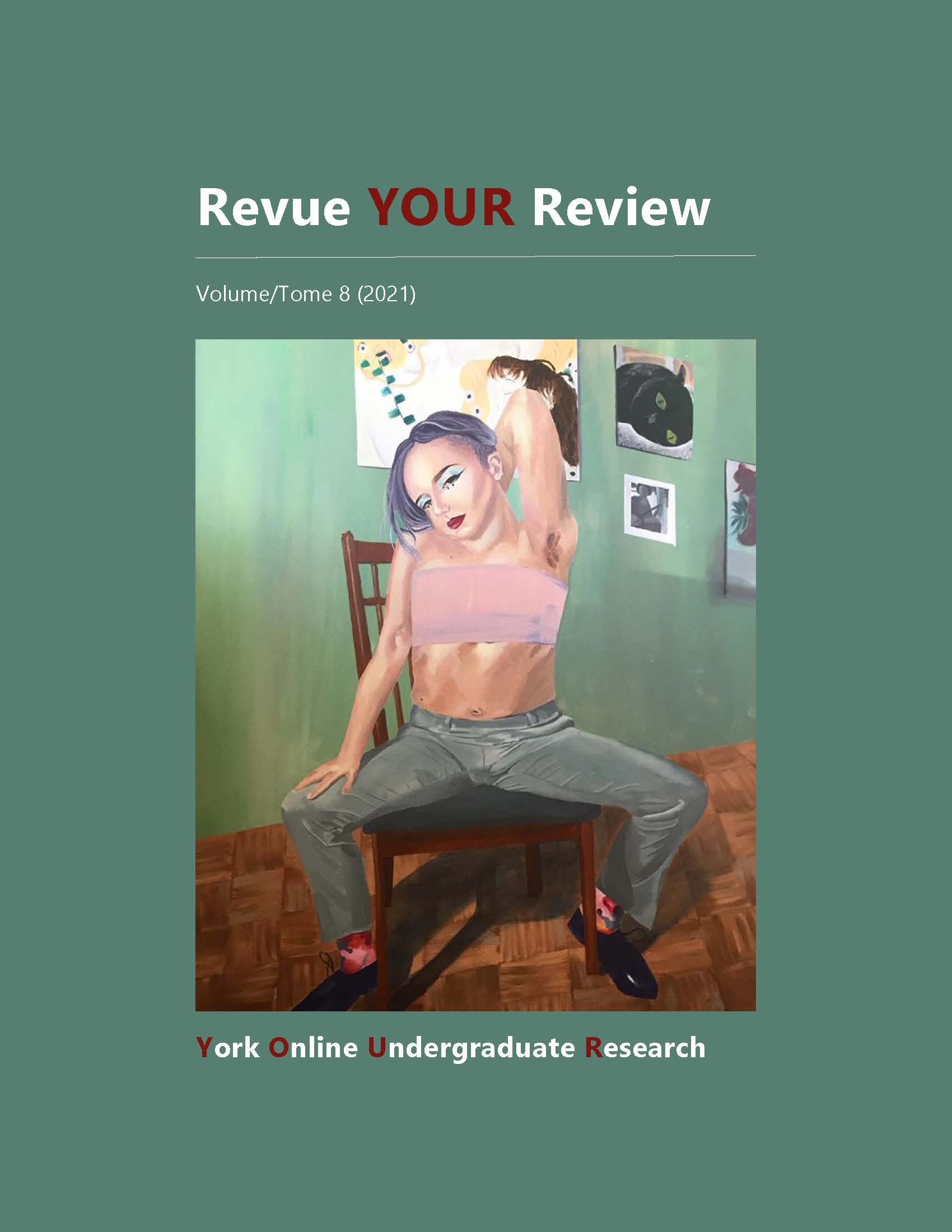WHO’s ready for the next flu pandemic? Global governance of influenza pandemic preparedness
Abstract
In an increasingly interconnected world, viruses can spread faster and farther than ever before. Sometimes the spread of disease reaches pandemic levels, as has occurred with influenza. Pandemic preparedness is the means through which nations prepare for the population-level threat of infectious disease. National preparedness is not enough to counter a rapidly evolving virus like influenza; global coordination is needed. The World Health Organization’s (WHO) role has been to lead this coordinated effort. How has the WHO used governance to address global influenza pandemic preparedness? This paper first explores the regulations and recommendations the WHO has developed for global influenza pandemic preparedness, the International Health Regulations (IHR) and Pandemic Influenza Preparedness (PIP) Framework. Next, the 2009 H1N1 pandemic is used as a case study. Occurring chronologically in between the adoption of the IHR and PIP Framework, H1N1 revealed the shortcomings of the former and need for the latter. The governance challenges of influenza pandemic preparedness are discussed, including the limitations of the WHO’s approach. It was found that the pre-H1N1 approach was not well-suited for low-income countries, where health systems could not easily meet the IHR obligations established by the WHO. The more recent PIP Framework is non-binding, which risks stakeholders not following through with commitments should another influenza pandemic occur. Recommendations are made to improve the strategy of the WHO, including changes to governance, scope, funding, and enforcement. Pandemic influenza is an ongoing challenge for global health governance and the WHO has made progress in addressing this threat.
Downloads
Published
How to Cite
Issue
Section
License
LicenseAuthors contributing to Revue YOUR Review agree to release their articles under one of three Creative Commons licenses: Creative Commons Attribution 4.0 International; Creative Commons Attribution-NonCommercial 4.0 International; or Creative Commons Attribution-NoDerivatives 4.0 International. All editorial content, posters, and abstracts on this site are licensed under Creative Commons Attribution-NoDerivatives 4.0 International. For further information about each license, see:
https://creativecommons.org/licenses/
In all cases, authors retain copyright of their work and grant the e-journal right of first publication. Authors are able to enter into other contractual arrangements for the non-exclusive distribution of the e-journal's published version of the article (e.g., post it to an institutional repository or publish it in a book or in another journal), with an acknowledgement of its initial publication in this e-journal.


